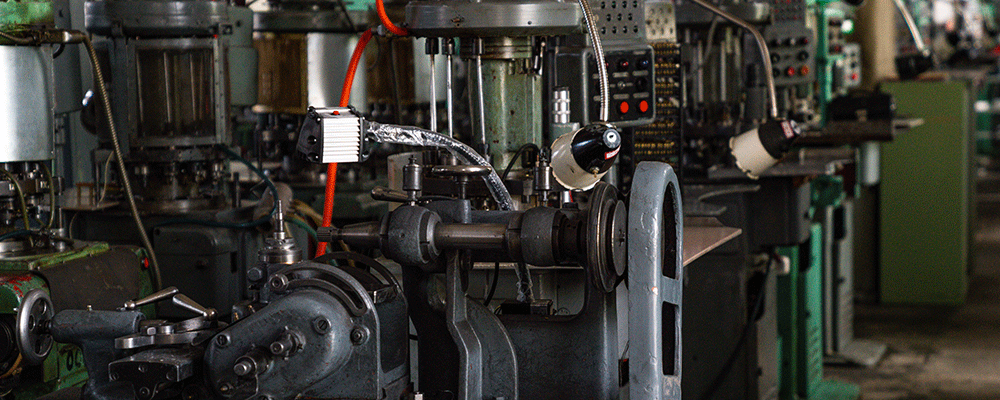Share this
Benefits of Configure-to-Order
by Elfsquad on Feb 2, 2024 12:35:00 PM

The Difference Between Configure-to-Order and Make-to-Order
Before we look at the benefits of configure-to-order, let’s consider the difference between both variants.
When we're talking about make-to-order (MTO) it means that a product was created on demand, exactly following the specifications chosen by the customer. It concerns extensive customization. Configure-to-order (CTO) is more about composing orders and assembling from existing building blocks. Re-engineering is no longer a thing. These building blocks allow you to design a customer-specific product that is registered within the primary process. This results in ease and predictability.
What is the Danger of ETO?
It could be that you’re thinking: I’ve been working with ETO for years, why would I change this now? The following points will describe the pitfalls of ETO:
Longer Runtimes
Naturally, the customer is very involved in the entire process. This means frequent contact between the customer, Sales, and Engineering. Is the design unapproved? Back to the drawing table. The result? Weeks go by, and production hasn’t even started yet.
Frustration
The complicated quotation process works as a snowball effect throughout the entire supply chain. Faulty compositions are sold which results in yet even more contact and friction between Sales, Engineering, and Production. In short: a lot of frustration.
Innovation
There is no time at all to focus on what engineers like to do the most: R&D. Product development and innovation standstill. In part because of constantly engineering other products, knowledge transfer and gaining advantage over competitors become difficult.
Advantages of Configure-to-Order
CTO brings several important benefits, especially when you produce complex products.
Speed
When you choose to work with CTO, you determine exactly what you can or cannot create in advance. When a customer sends their desired configuration, you no longer have to check with engineering to find out if it can be built. Your process is standardized, so you can design your factory in a very streamlined manner. This reduces delivery time, and additionally, you can immediately let your customer know when their order will be ready.
Streamlining Departments
The moment you start considering your possible configurations in advance, another large benefit will show: the cooperation between your departments will improve. As the configurations will be validated by engineering and production beforehand, so your salespeople will never sell anything that cannot be built. After an order, you will automatically create 3D models and BOMs.
Time for Innovation
By automating the pre-production process, there will finally be time for R&D. Engineers can let their innovation drive speak and develop product solutions that truly help you as a company.
Easier Sales
Because in a product configurator (CPQ Software) you determine all limits of possible configurations beforehand, your sales reps know exactly what they can sell without in-depth knowledge. This validation beforehand can supply your sales- and dealer channels with exactly the knowledge they need, so they can be much more convincing in their sales.
These benefits all add to the biggest benefit: thanks to CTO you save enormously on your costs, without harming the customer experience. On the contrary: your customers still experience the satisfaction of choosing their designs, and immediately get the price and delivery time. Because your factory is fully streamlined your customer will not be likely to deal with delays or unexpected costs.
Not All Sunshine and Rainbows
To make configure-to-order a success, everything has to be defined very well in advance. But what are the different modules in the configuration, and how do they relate to each other in a complex machine?
If you don’t pay enough time and attention to this, you might only process 60% of your orders, while the rest remains as customization. Yet, that’s still 60%. Deviant cases will show up over time, making analyzing easier and allowing you to then still include them in your CTO process. You will then eventually still process up to 95% of your orders, leaving just a little customization.
Change to CTO?
Which steps should I follow to work as CTO?
In short, the steps concretely look as follows:
- Choose a partner that understands the market;
- Know what it means for your organization;
- Build in modules;
- Make someone responsible for the standard;
- Use a Product Configurator as a basis;
- Combine Marketing, Sales & Engineering during your transfer;
- Connect the chain.
Elfsquad can perfectly guide you both in the change from ETO to CTO and the implementation of the Product Configurator.
Are You Curious?
Has your interest been piqued as to how our CPQ solution could also support your processes? We would love to tell you more! During a demo, we explain everything about:
- How to sell more successfully & without failure costs.
- How to connect sales and production.
- How to easily build configuration models.
- How to raise the average order value.
- Why 200+ innovative manufacturing businesses use Elfsquad.
- Why our ease of use results in a 9+ user rating.



